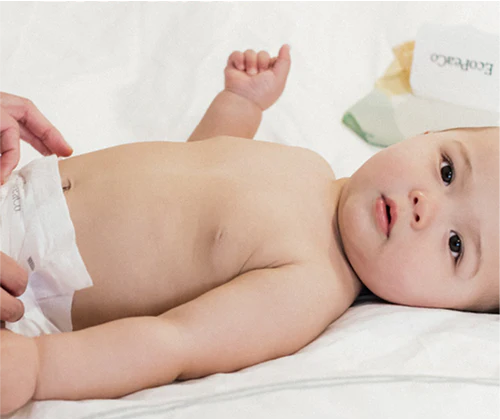Potty training is a major milestone in your toddler’s development and an important step toward independence. While the journey can feel overwhelming, understanding the basics and having a plan can make the process smoother for both you and your child.
Successful potty training not only saves time and resources but also builds your child’s confidence and sense of achievement. Let’s explore how to navigate this important phase and empower your toddler to transition from diapers to the potty.
Recognizing When to Start Potty Training
Knowing when to start potty training is key to a positive experience. Each child is unique, and readiness can vary widely, typically falling between 18 months and 3 years. Look for these signs of readiness:
-
Physical Signs: Your child stays dry for longer periods, has regular bowel movements, and can pull their pants up and down.
-
Behavioral Signs: They show curiosity about the bathroom, express discomfort with dirty diapers, or signal when they’re about to go.
-
Cognitive Signs: They can follow simple instructions and understand the connection between feeling the urge and using the potty.
If your child shows multiple signs, it might be time to start. Timing is crucial—beginning too early can lead to frustration for both parent and child.
How to Potty Train Your Toddler: A Step-by-Step Approach
Once your toddler is ready, a structured approach can help ensure success. Here’s how to potty train a toddler, step by step:
-
Introduce the Idea: Talk about potty training and read books or watch videos that explain the process in a fun way.
-
Set Up the Environment: Choose a potty chair or seat that’s easy for your child to use. Keep it in a convenient spot.
-
Create a Routine: Start by having your child sit on the potty at regular intervals, such as after meals or naps.
-
Celebrate Success: Use positive reinforcement, like stickers or a small reward, when they use the potty.
-
Be Patient: Accidents are part of the process. Avoid scolding and instead focus on encouragement and consistency.
With patience and persistence, your toddler will gain confidence in their new skill.

Potty Training Tips for Girls: What You Need to Know
Potty training girls can come with its own set of considerations. Here are some tailored tips:
-
Teach Proper Hygiene: Show your daughter how to wipe front to back to prevent infections.
-
Encourage Sitting First: While standing isn’t a factor for girls, sitting on the potty should feel comfortable and secure.
-
Be Patient with Clothing: Dresses and tights can be tricky, so opt for easy-to-remove outfits during training.
By addressing these nuances, potty training your daughter can be a smoother experience.
Potty Training Tips for Boys
Potty training boys often involves an additional step of transitioning from sitting to standing. Here are some helpful tips:
-
Start with Sitting: Begin with sitting to avoid messes and help them focus.
-
Transition to Standing: Introduce standing when your child is comfortable and ready, using fun tools like a target sticker in the toilet.
-
Model Behavior: If possible, have a male role model demonstrate proper technique.
With the right guidance, your son will soon feel confident in this new skill.
Overcoming Common Potty Training Challenges
Even with a solid plan, challenges are bound to arise. Here’s how to address some common issues:
-
Fear of the Potty: Introduce the potty slowly and make it a positive experience with encouragement and praise.
-
Resistance: If your child resists training, take a break and try again later.
-
Accidents: These are normal. Stay calm, clean up without fuss, and remind your child to use the potty next time.
Patience and positive reinforcement are key to overcoming these hurdles. Remember, every child learns at their own pace.
FAQs About Potty Training: Expert Answers
Parents often have questions about toilet training and toddler potty training. Here are answers to some of the most common:
-
How long does potty training take? Most toddlers take 3 to 6 months, but every child is different.
-
What if my child isn’t interested? Wait a few weeks and try again. Readiness is crucial.
-
Should I use training diapers? Training diapers can be a helpful transition but should be used sparingly to encourage full potty use.
-
What if accidents happen at night? Night training often takes longer. Use waterproof bedding and remain patient.
Key Insights
Potty training is a significant step in your toddler’s growth, and it’s a process that requires patience, consistency, and plenty of positive reinforcement. With the right approach, you’ll not only teach your child an important skill but also celebrate a milestone that marks their growing independence. Remember, every child’s journey is unique—trust the process and enjoy the progress!



